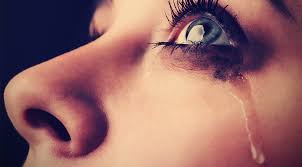
Tears serve many purposes, and your eyes produce them all the time. In fact, you make 15 to 30 gallons of tears each year.
You Have More Than One Type of Tear
Tears are essential to help you see clearly and maintain the health of your eyes. They can also help communicate your emotions. Your body makes three types of tears.
Basal tears are in your eyes all the time to lubricate, nourish and protect your cornea. Basal tears act as a constant shield between the eye and the rest of the world, keeping dirt and debris away.
Reflex tears are formed when your eyes need to wash away harmful irritants, such as smoke, foreign bodies or onion fumes. Your eyes release them in larger amounts than basal tears, and they may contain more antibodies to help fight bacteria.
Emotional tears are produced in response to joy, sadness, fear and other emotional states. Some scientists have proposed that emotional tears contain additional hormones and proteins not present in basal or reflex tears.
Tears Have Layers
Tears are not just saline. They have a similar structure to saliva and contain enzymes, lipids, metabolites and electrolytes. Each tear has three layers:
- 1. An inner mucus layer that keeps the whole tear fastened to the eye.
- 2. A watery middle layer (the thickest layer) to keep the eye hydrated, repel bacteria and protect the cornea.
- 3. An outer oily layer to keep the surface of the tear smooth for the eye to see through, and to prevent the other layers from evaporating.



